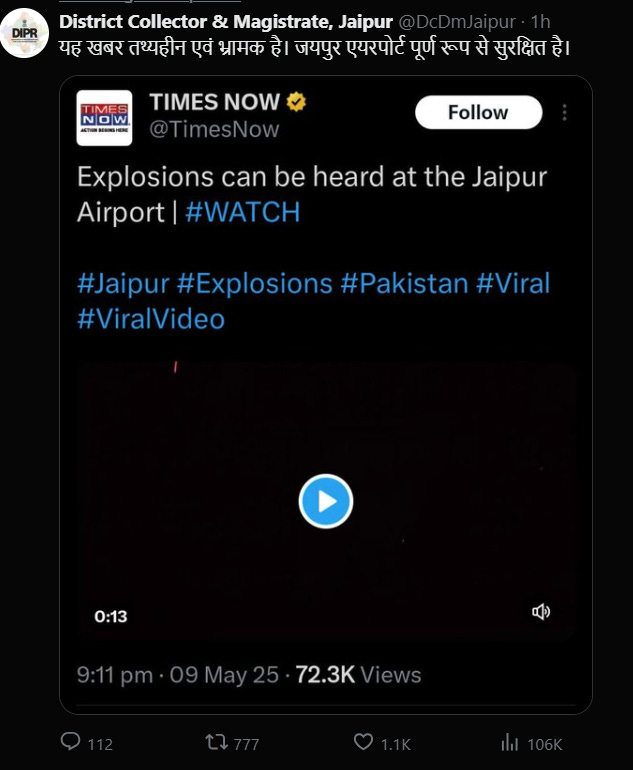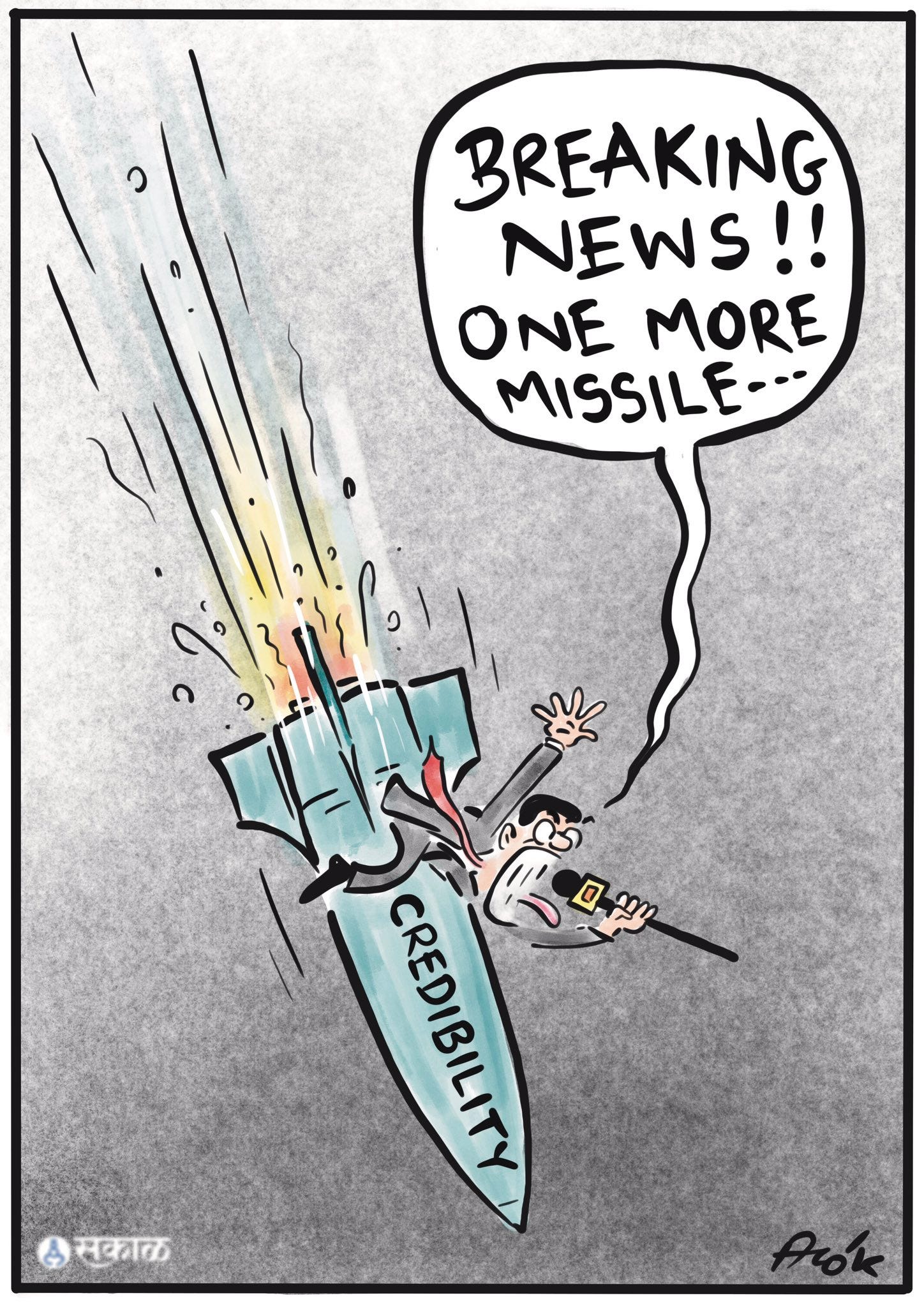Reflections on Misinformation During the Crisis in South Asia
Many of you following the escalating conflict in my home country after the terrorist attacks in Kashmir will understand why this week’s newsletter has limited coverage of AI news. Since this newsletter mainly serves to share topics of interest with my students, I want to focus instead on what I’ve observed about the spread of misinformation during these deeply troubling times for South Asia. While my observations are based primarily on India, where I have the most familiarity, I believe similar issues exist in Pakistan as well.
It has also been personally disheartening to witness my social media feeds overrun by bloodthirsty rhetoric and extreme calls for violence, which only deepen divisions and escalate tensions.
Key observations about India: (again- I am not familiar with Pakistan’s information ecosystem. News reports suggest presence of similar issues.)
The Role of TV Media
Indian TV media contributed heavily to sensationalism, at times even spreading false information. Given the medium’s popularity, its influence was significant. Shockingly, at least one government minister appeared to have shared a misinformed post. The screenshot shows a government agency correcting false information shared by Times Now, one of India’s most popular TV news channels.Foreign Media Presence and Trust Deficit
Outlets like the BBC and CNN maintained a presence in both countries. However, years of perceived bias have eroded trust among many Indians. The BBC was even officially warned by the Government of India (GOI) regarding its coverage of the terrorist attack.Social Media Failure in Both Countries
Social media platforms have been flooded with outdated videos and even video game screenshots falsely presented as real footage of the war. Meta and Twitter have largely failed to intervene, effectively giving bad actors a free hand to spread misinformation. The Indian government asked Twitter to restrict around 8,000 accounts within India to curb misinformation. Twitter initially resisted but eventually complied, which led to the temporary suspension of Twitter’s own account in the country.Selective Access Restrictions
The GOI blocked access to The Wire for its reporting, which cited a CNN story. Interestingly, CNN itself was not restricted.Dependence on Government Announcements
With rampant misinformation on TV and no independent fact-checking efforts, many people turned to government statements for clarity. This is problematic: governments have little incentive to share complete information with the public, which only fuels more confusion.Shifting Focus of Fact-Checking
The government’s fact-checking unit pivoted almost entirely to war-related misinformation, temporarily abandoning its regular verification efforts.



